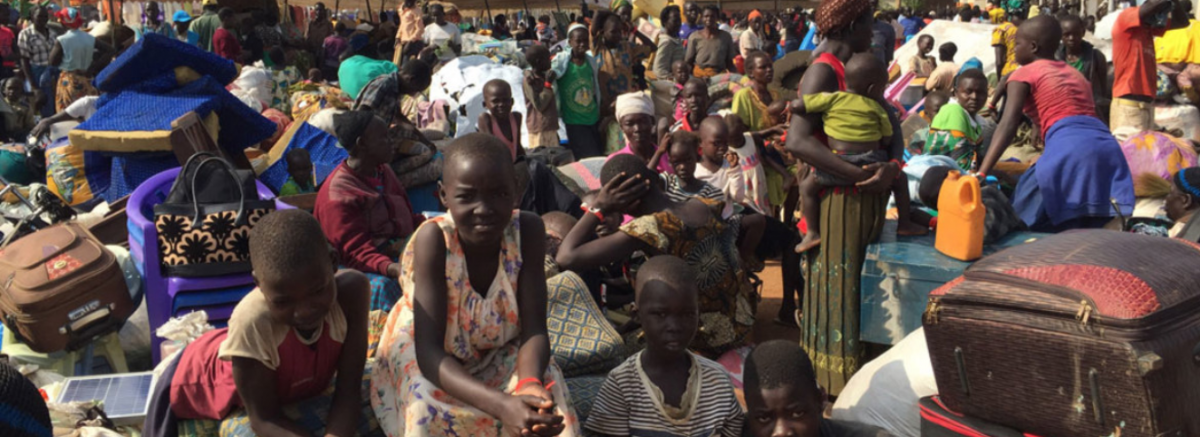South Sudan is Africa’s youngest nation, the least populated and somehow the most exposed to climate change. Annual temperatures across South Sudan have increased by more than 0.4°C every decade in the past 30 years and are projected to increase between 1°C and 1.5°C by 2060, creating an even warmer and drier climate[1].
In the northeast, rainfalls have decreased by 15–20%, but other regions experienced more frequent and severe floods[2].The country has always coexisted with flooding[3], however, more frequent and localised floods and droughts have tragically affected the livelihood and food security of many communities[4]. Such situation has resulted in internal displacement and migration as well as exacerbated vulnerabilities and violence.
South Sudan has an estimated population of 11 million and already more than 1.6 million people have been internally displaced due to over 20 years of conflict. In addition, over 700 000 were affected by severe flooding in the Jonglei and Eastern Nile states in 2020[5]. In Jonglei state, the worst flood in 60 years[6] destroyed crops, displacing almost 85 000 people [7].
Displacement, especially at this scale, put the uprooted people through great suffering, but also the host communities. In 2020, floods in Jonglei, Eastern Lakes and Terekka forced migrant herders to seek new livestock routes, leading many to the Equatoria regions which created tensions with host populations[8]. In its 2021 Humanitarian Needs Overview, UN OCHA reports that violent conflict, flooding and the COVID-19 pandemic have strained the already limited access to essential services, including health facilities[9].
If not addressed this situation could lead to more security and stability issues for a country that is still trying to get back on its feet after years of war.

[1] ReliefWeb Climate, Peace and Security: The case of South Sudan
https://reliefweb.int/report/south-sudan/climate-peace-and-security-case-south-sudan
[2][2] Ibid.
[3] UNEP (2007). Sudan Post-Conflict Environment Assessment. https://postconflict.unep.ch/publications/UNEP_Sudan.pdf
[4] OCHA (2019). Humanitarian Data Exchange. HDX.
https://data.humdata.org/dataset/south-sudan-flood-locations/resource/7c454f75-ea6e-4361-98abe12baa31cb20
[5] UNHCR (2020, 6 Oct.). Massive floods in Sudan impacts thousands of refugees. https://www.unhcr.org/th/en/22045-massive-floods-in-sudan-impact-thousandsof-refugees.html
[6] UN News (2020, 29 Sep.). Flooding leaves South Sudan facing threat of ‘catastrophic’ hunger levels https://www.unhcr.org/th/en/22045-massive-floods-in-sudan-impact-thousands-of-refugees.html
[7] Climate, Peace and Security Fact Sheet:South Sudan
https://sipri.org/sites/default/files/Fact%20Sheet%20South%20Sudan_HR.pdf
[8] ReliefWeb Climate, Peace and Security: The case of South Sudan
https://reliefweb.int/report/south-sudan/climate-peace-and-security-case-south-sudan
[9] South Sudan Humanitarian Needs Overview 2021 (January 2021)
https://reliefweb.int/report/south-sudan/south-sudan-humanitarian-needs-overview-2021-january-2021
Picture by UNHCR/Barb Wigley

